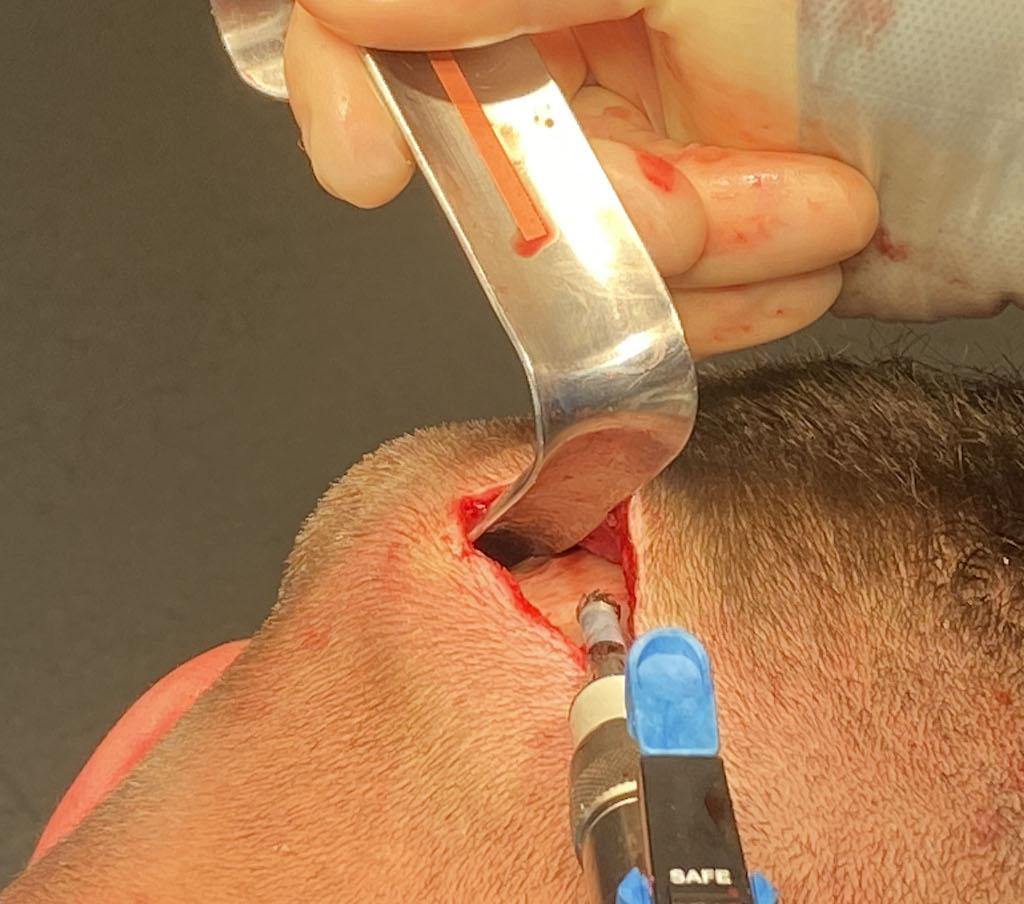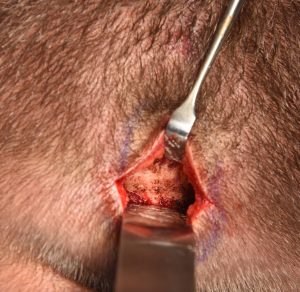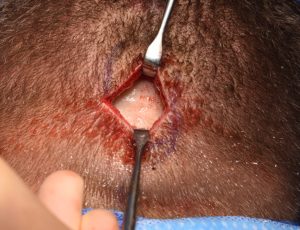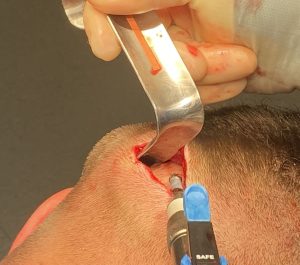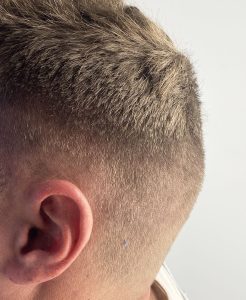Background: The back of the head is prone to having several types of aesthetically unfavorable bony projections. These come from the occipital bone which makes up all of the lower back of the head. Its primary function is to protect the brain from trauma and provides a broad surface for the muscle attachments of the neck. The occipital bone is especially thick at the junction of the visible back of the head and where the occiput becomes invisible under the thick neck muscles.
At this junction is the central inion which is the attachment of the ligamentum nuchae and the trapezius muscle. It can become quite prominent and then is known as the occipital knob deformity which can be readily reduced by bone burring through a very small incision. But a larger bony projection than the inion is the occipital bun deformity which shares only one similarity…it is a central projection on the back of the head. But it is a much larger projection than the inion as it is the entire visible occipital bone that has become thickened with too much projection. Besides being bigger it also sits higher than the inion.
The occipital knob and the occipital bun are both bony thickenings but are almost always seen separately. They are not known to occur together and, having reduced many an occipital knob, I have not yet the knob and bun occur concurrently. Or vice versa. But it is possible that in larger knobs there is mild occipital bone thickening which becomes revealed once the knob is reduced.
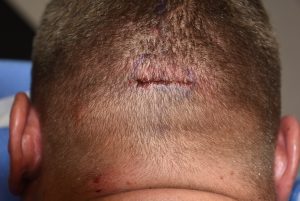
He noticed afterwards that there was an aesthetically bothersome occipital protrusion above it that was not noticeable before the procedure. After four years he got around to addressing it as well.
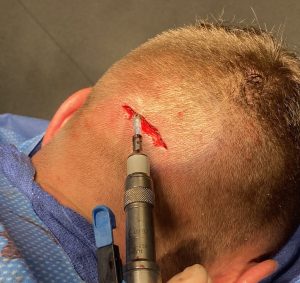
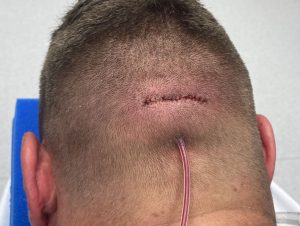
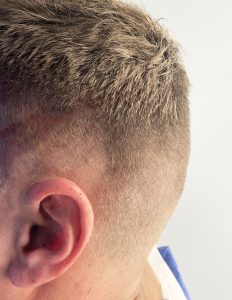
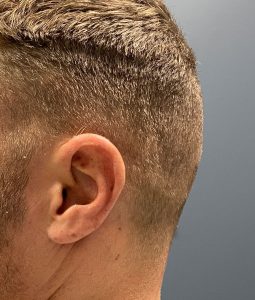
As for an occipital skull protrusion this is one of the more modest ones I have seen. But that doesn’t take away how significant it is for the patient. The larger occipital knob masked the occipital protrusion above it and only became evident once the knob was eliminated
Case Highlights:
1) Reduction of an occipital knob may reveal an occipital protrusion above it.
2) The same incision used for the occipital knob can be extended to be used for the occipital bone reduction as well.
3) The amount of occipital skull reduction is dependent on the thickness of the outer cortical bone layer.
Dr. Barry Eppley
World-Renowned Plastic Surgeon

